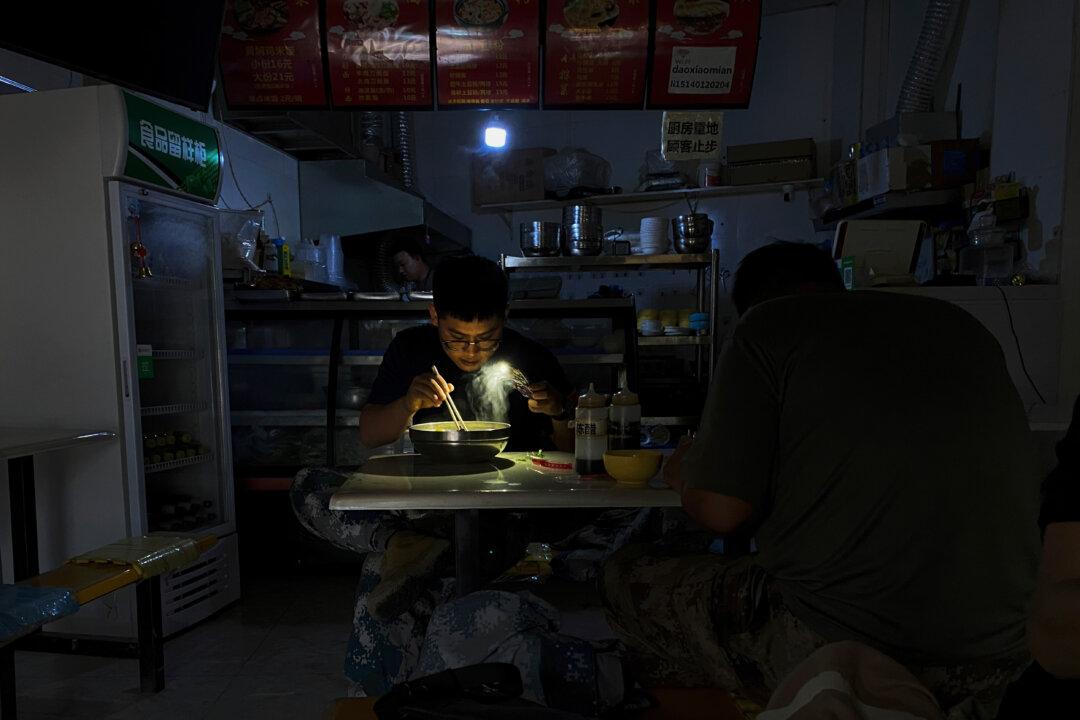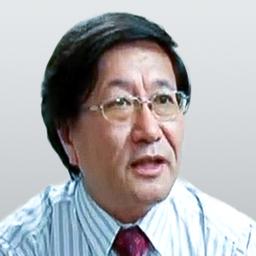Commentary
A sudden nationwide power cut in China in late September is creating tremendous pressure for manufacturing industries and has been inconvenient for people in the affected area.


A sudden nationwide power cut in China in late September is creating tremendous pressure for manufacturing industries and has been inconvenient for people in the affected area.